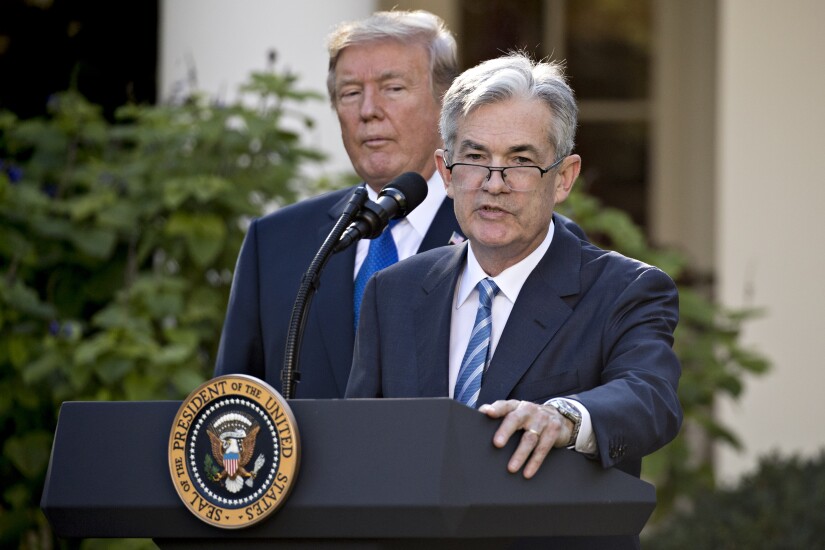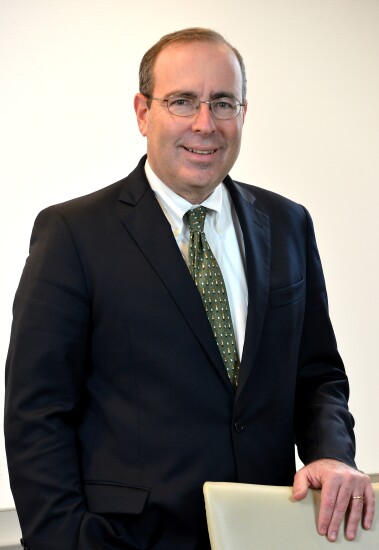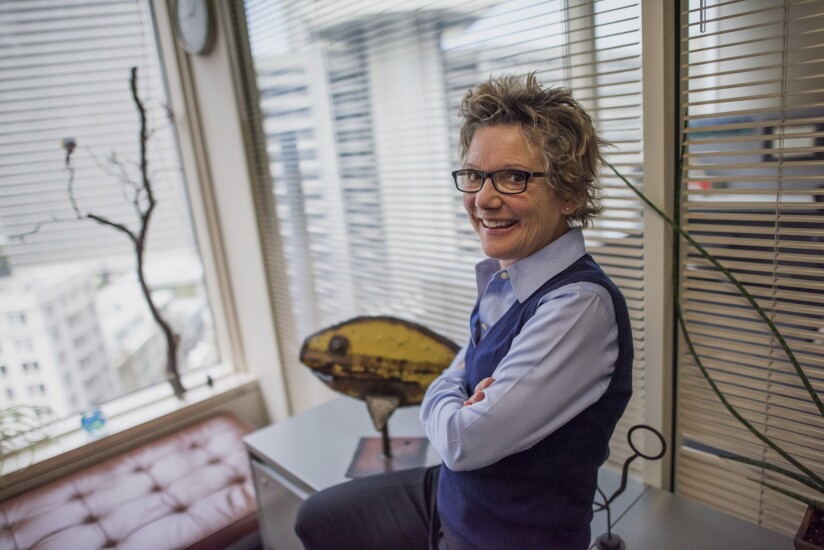2018 was a busy year for the Federal Reserve and those who follow it, with four interest rate increases, personnel changes, yield curve inversion and discussion of the neutral rate. Also, in November, the Fed announced it will review monetary policy strategies, tools, and communication practices in 2019.
That discussion will culminate with a research session in Chicago in June.
The Federal Open Market Committee projects two rate hikes next year, though, as Federal Reserve Bank of New York President John Williams said, it’s guidance “not a commitment, or a promise.” Meanwhile, markets aren't expecting even two increases.













